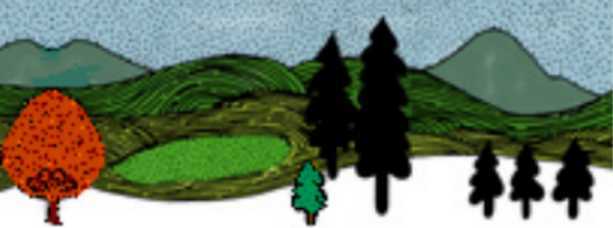

| Class,
Race,
and Gender in the U.S. Economy (Econ250/ES250) Reading
Asssignments
Spring 2006 Updated April 26, 2006 |
I.
Introduction
(WEEK 1 & 2) Readings: * required, o recommended 1) PURPOSE OF
COURSE: HONORABLE DISCUSSION
On Reserve/Handout:
*Rehumanizing Society, Gonzales
& Rodriguez
2) A STATEMENT
OF THE PROBLEM
On Reserve:
* Let America Be America
Again, Langston Hughes
* The Stream, Leonel I.
Castillo, Studs Terkel
* A Different Mirror,
Ronald Takaki
* We’ve Been Here Before,
George F. Will
o From Individual to Structural
Discrimination, Fred L. Pincus
* The Problem: Discrimination,
The U.S. Government’s Civil Rights, Rothenberg, p 186 - 196
3) FRAMEWORK:
THE ECONOMICS OF STRATIFICATION
On Reserve/Handout:
*The Political Economy of
Stratification, P. Martinez
Abelda, Drago, Shulman:
*Ch. 1: Two Views on Inequality
and Discrimination, Unlevel Playing Fields,
*Ch.2: Inequality by the
Numbers, Unlevel Playing Fields,
4) LABOR
ECONOMICS: BASIC SUPPLY & DEMAND
Abelda, Drago, Shulman:
*Ch.3: The Basics of Neo-Classical Economics,
Unlevel Playing Fields,
|